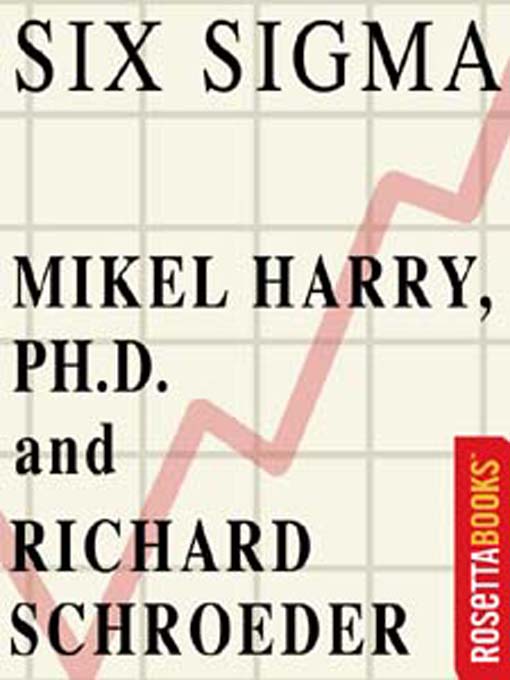- New kids additions
- New teen additions
- Available now
- Book Club Picks
- Series Starters
- Most popular
- Try something different
- Picture Books, Early Readers, and some Juvenile Nonfiction too!
- Who Was?
- New Book Arrivals
- Most Popular eBooks
- March is National Craft Month!
- Diet & Nutrition
- See all
- Available now
- New audiobook additions
- Audiobooks for your Commute
- Popular Audiobook Narrators
- New kids additions
- New teen additions
- Most popular
- Try something different
- It Happened at the Library
- Presidential Lives
- I Heard It On The Radio
- New Audiobook Arrivals
- Women Making a Difference
- See all

